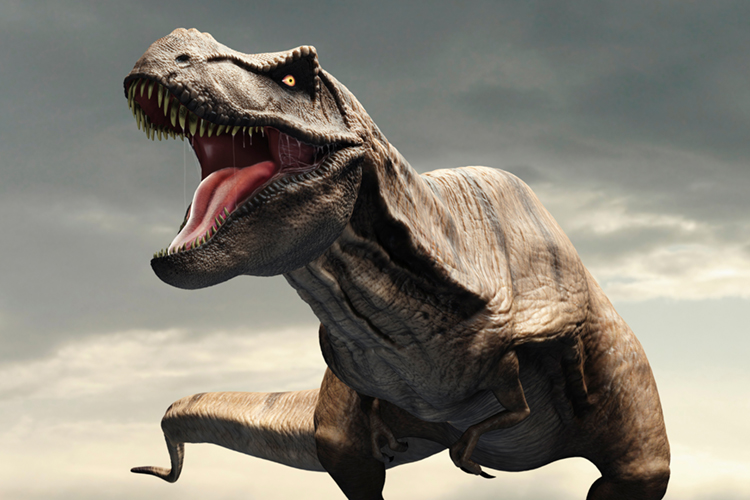Current Events Lesson Plan: April 27-May 3, 2017
Current Event: Shaking the Dino Family Tree
For decades, dinosaurs have been grouped into two broad categories: long-necked sauropods and meat-eating theropods (along with birds) in one group, and the remaining plant-eaters, such as Stegosaurus, Triceratops, and Iguanodon, in the other. Recently, a group of scientists led by Matthew G. Baron from the University of Cambridge in the United Kingdom challenged this view. Baron studied 73 dinosaur species and catalogued 457 skeletal characteristics with them. He coded these characters into a computer program, which returned new controversial results. Though paleontologists commended Baron for the meticulousness of his work, they were quick to point out that more data would be needed to convincingly rearrange the family tree. The divisions have been upheld for decades by dozens of analyses, so it will take more than one new analysis to convince paleontologists to overturn 130 years of study.

Tyrannosaurus is a fearsome example of a saurischian (reptile-hipped) dinosaur. Credit: © Science Picture Company/SuperStock
Objective:
Dinosaurs are a group of prehistoric reptiles that ruled Earth for about 160 million years. Dinosaurs lived during most of the Mesozoic Era. This period in Earth’s history lasted from about 251 million to 65 million years ago. These animals died out millions of years ago, but they have fascinated people ever since they were first described in the early 1800′s. The name dinosaur comes from the term Dinosauria, which means terribly great lizards. But dinosaurs were not lizards, only distantly related to them, and most were not very terrible. Some dinosaurs towered above and weighed more than any other animal ever to live on land. Many of these large dinosaurs were fierce and deadly meat-eaters. The smallest kinds of dinosaurs were approximately the size of a chicken. Scientists learn about dinosaurs by studying their fossils, which include preserved dinosaur bones, teeth, eggs, nests, tracks, skin imprints, and waste material. The Behind the Headlines news story and related World Book articles explore dinosaurs and other prehistoric animals.
Words to know:
Discussion Topics:
1. Ask your students to name some types of dinosaurs. (Students might name the Albertosaurus, Brachiosaurus, Brontosaurus, Edmontosaurus, Hadrosaur, Iguanodon, Stegosaurus, Triceratops, Tyrannosaurus, Velociraptor.)
2. Ask your students to debate: “If scientists were able to resurrect dinosaurs or other extinct animals by cloning or other methods, should they do it?”
3. Ask your students to use the World Book’s Timelines feature to create a timeline of dinosaur discoveries. (Students may wish to use the “Dinosaur discoveries” section of the Dinosaur article for help.)


